Single Page Web Applications
brief contents
contents
foreword
preface
acknowledgments
about this book
Roadmap
Audience
Code conventions and downloads
Software and hardware requirements
Author Online
About the authors
about the cover illlustration
Part 1: Introducing SPAs
Chapter 1: Our first single page application
1.1 Definition, a little history, and some focus
1.1.1 A little history
1.1.2 What took JavaScript SPAs so long?
1.1.3 Our focus
1.2 Build our first SPA
1.2.1 Define the goal
1.2.2 Start the file structure
1.2.3 Set up Chrome Developer Tools
1.2.4 Develop the HTML and CSS
1.2.5 Add the JavaScript
1.2.6 Inspect our application using Chrome Developer Tools
1.3 The user benefits of a well-written SPA
1.4 Summary
Chapter 2: Reintroducing JavaScript
2.1 Variable scope
2.2 Variable hoisting
2.3 Advanced variable hoisting and the execution context object
2.3.1 Hoisting
2.3.2 Execution context and the execution context object
2.4 The scope chain
2.5 JavaScript objects and the prototype chain
2.5.1 The prototype chain
2.6 Functions—a deeper look
2.6.1 Functions and anonymous functions
2.6.2 Self-executing anonymous functions
2.6.3 The module pattern—bringing private variables to JavaScript
2.6.4 Closures
2.7 Summary
Part 2: The SPA client
Chapter 3: Develop the Shell
3.1 Grok the Shell
3.2 Set up the files and namespaces
3.2.1 Create the file structure
3.2.2 Write the application HTML
3.2.3 Create the root CSS namespace
3.2.4 Create the root JavaScript namespace
3.3 Create the feature containers
3.3.1 Pick a strategy
3.3.2 Write the Shell HTML
3.3.3 Write the Shell CSS
3.4 Render the feature containers
3.4.1 Convert the HTML to JavaScript
3.4.2 Add an HTML template to our JavaScript
3.4.3 Write the Shell stylesheet
3.4.4 Direct the application to use the Shell
3.5 Manage the feature containers
3.5.1 Write a method to extend or retract the chat slider
3.5.2 Add the chat slider click event handler
3.6 Manage application state
3.6.1 Understand the behavior browser users expect
3.6.2 Pick a strategy to manage history controls
3.6.3 Change the anchor when a history event occurs
3.6.4 Use the anchor to drive the application state
3.7 Summary
Chapter 4: Add feature modules
4.1 The feature module strategy
4.1.1 A comparison with third-party modules
4.1.2 Feature modules and fractal MVC pattern
4.2 Set up feature module files
4.2.1 Plan the file structure
4.2.2 Populate the files
4.2.3 What we’ve wrought
4.3 Design method APIs
4.3.1 The anchor interface pattern
4.3.2 Chat configuration APIs
4.3.3 The Chat initialization API
4.3.4 The Chat setSliderPosition API
4.3.5 Configuration and initialization cascade
4.4 Implement the feature API
4.4.1 The stylesheets
4.4.2 Modify Chat
4.4.3 Clean up the Shell
4.4.4 Walk through the execution
4.5 Add frequently needed methods
4.5.1 The removeSlider method
4.5.2 The handleResize method
4.6 Summary
Chapter 5: Build the Model
5.1 Understand the Model
5.1.1 What we’re going to build
5.1.2 What the Model does
5.1.3 What the Model does not do
5.2 Set up the Model and other files
5.2.1 Plan the file structure
5.2.2 Populate the files
5.2.3 Use the unified touch-mouse library
5.3 Design the people object
5.3.1 Design the person objects
5.3.2 Design the people object API
5.3.3 Document the people object API
5.4 Build the people object
5.4.1 Create a fake people list
5.4.2 Start the people object
5.4.3 Finish the people object
5.4.4 Test the people object API
5.5 Enable sign-in and sign-out in the Shell
5.5.1 Design the user sign-in experience
5.5.2 Update the Shell JavaScript
5.5.3 Update the Shell stylesheet
5.5.4 Test sign-in and sign-out using the UI
5.6 Summary
Chapter 6: Finish the Model and Data modules
6.1 Design the chat object
6.1.1 Design methods and events
6.1.2 Document the chat object API
6.2 Build the chat object
6.2.1 Start the chat object with the join method
6.2.2 Update Fake to respond to chat.join
6.2.3 Test the chat.join method
6.2.4 Add messaging to the chat object
6.2.5 Update Fake to emulate messaging
6.2.6 Test chat messaging
6.3 Add Avatar support to the Model
6.3.1 Add Avatar support to the chat object
6.3.2 Modify Fake to emulate avatars
6.3.3 Test avatar support
6.3.4 Test-driven development
6.4 Complete the Chat feature module
6.4.1 Update the Chat JavaScript
6.4.2 Update the stylesheets
6.4.3 Test the Chat UI
6.5 Create the Avatar feature module
6.5.1 Create the Avatar JavaScript
6.5.2 Create the Avatar stylesheet
6.5.3 Update the Shell and the browser document
6.5.4 Test the Avatar feature module
6.6 Data binding and jQuery
6.7 Create the Data module
6.8 Summary
Part 3: The SPA server
Chapter 7: The web server
7.1 The role of the server
7.1.1 Authentication and authorization
7.1.2 Validation
7.1.3 Preservation and synchronization of data
7.2 Node.js
7.2.1 Why Node.js?
7.2.2 Create ‘Hello World’ using Node.js
7.2.3 Install and use Connect
7.2.4 Add Connect middleware
7.2.5 Install and use Express
7.2.6 Add Express middleware
7.2.7 Use environments with Express
7.2.8 Serving static files with Express
7.3 Advanced routing
7.3.1 User CRUD routes
7.3.2 Generic CRUD routing
7.3.3 Place routing in a separate Node.js module
7.4 Adding authentication and authorization
7.4.1 Basic Authentication
7.5 Web sockets and Socket.IO
7.5.1 Simple Socket.IO
7.5.2 Socket.IO and messaging servers
7.5.3 Updating JavaScript with Socket.IO
7.6 Summary
Chapter 8: The server database
8.1 The role of the database
8.1.1 Select the data store
8.1.2 Eliminate data transformations
8.1.3 Move the logic where you need it
8.2 An introduction to MongoDB
8.2.1 Document-oriented storage
8.2.2 Dynamic document structure
8.2.3 Get started with MongoDB
8.3 Use the MongoDB driver
8.3.1 Prepare the project files
8.3.2 Install and connect to MongoDB
8.3.3 Use MongoDB CRUD methods
8.3.4 Add CRUD to the server application
8.4 Validate client data
8.4.1 Validate the object type
8.4.2 Validate the object
8.5 Create a separate CRUD module
8.5.1 Prepare the file structure
8.5.2 Move CRUD into its own module
8.6 Build the Chat module
8.6.1 Start the chat module
8.6.2 Create the adduser message handler
8.6.3 Create the updatechat message handler
8.6.4 Create disconnect message handlers
8.6.5 Create the updateavatar message handler
8.7 Summary
Chapter 9: Readying our SPA for production
9.1 Optimize our SPA for search engines
9.1.1 How Google crawls an SPA
9.2 The cloud and third-party services
9.2.1 Site analytics
9.2.2 Logging client-side errors
9.2.3 Content delivery networks
9.3 Caching and cache busting
9.3.1 Caching opportunities
9.3.2 Web storage
9.3.3 HTTP caching
9.3.4 Server caching
9.3.5 Database query caching
9.4 Summary
appendix A: JavaScript coding standard
A.1 Why we need a coding standard
A.2 Code layout and comments
A.2.1 Lay out your code for readability
A.2.2 Comment to explain and document
A.3 Variable names
A.3.1 Reduce and improve comments with a naming convention
A.3.2 Use naming guidelines
A.3.3 Put the guidelines to use
A.4 Variable declaration and assignment
A.5 Functions
A.6 Namespaces
A.7 File names and layout
A.8 Syntax
A.8.1 Labels
A.8.2 Statements
A.8.3 Other syntax
A.9 Validating code
A.9.1 Install JSLint
A.9.2 Configure JSLint
A.9.3 Use JSLint
A.10 A template for modules
A.11 Summary
appendix B: Testing an SPA
B.1 Set up test modes
B.2 Select a test framework
B.3 Set up nodeunit
B.4 Create the test suite
B.4.1 Get Node.js to load our modules
B.4.2 Set up a single nodeunit test
B.4.3 Create our first real test
B.4.4 Map the events and tests
B.4.5 Create the test suite
B.5 Adjust SPA modules for tests
B.6 Summary
index
Symbols
A
B
C
D
E
F
G
H
I
J
K
L
M
N
O
P
Q
R
S
T
U
V
W
X
Y
Z
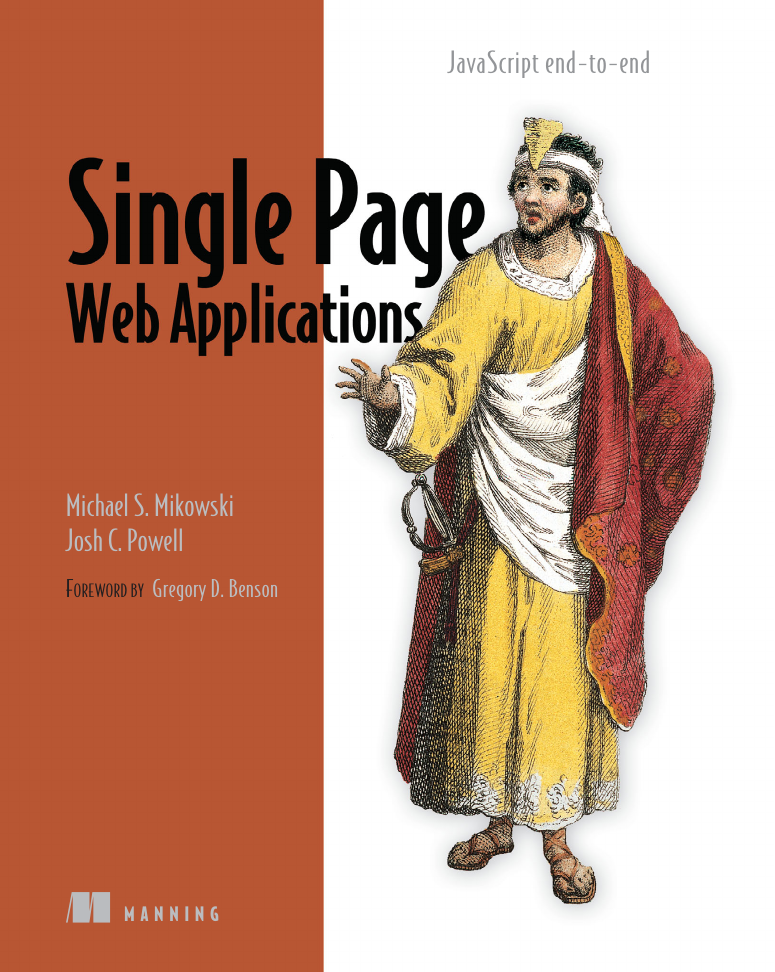
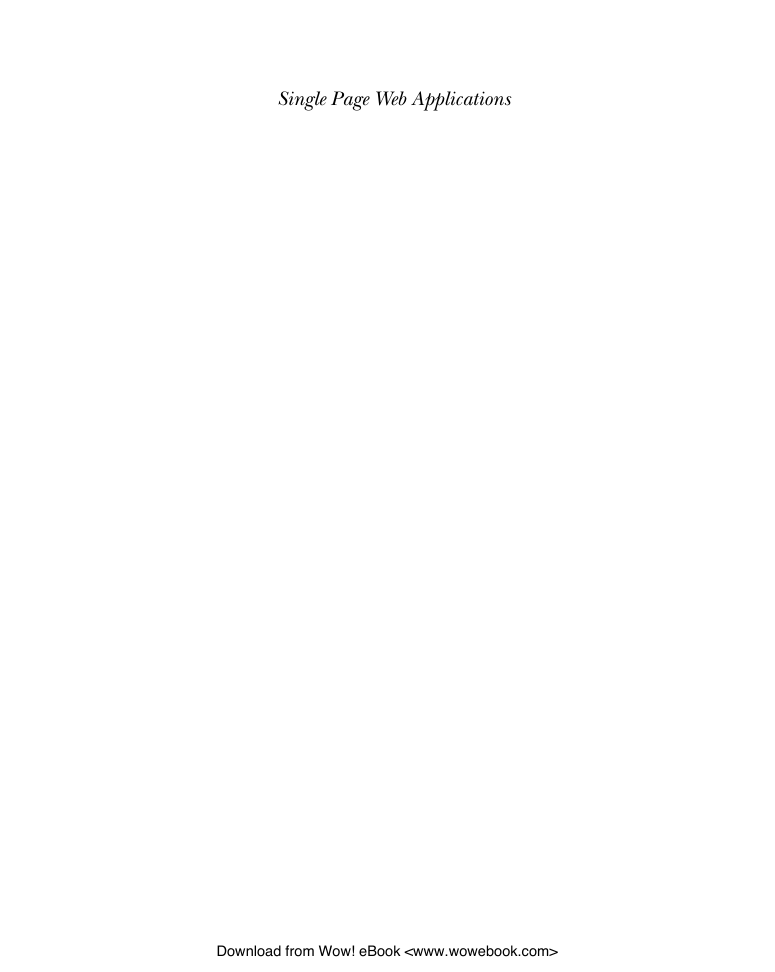

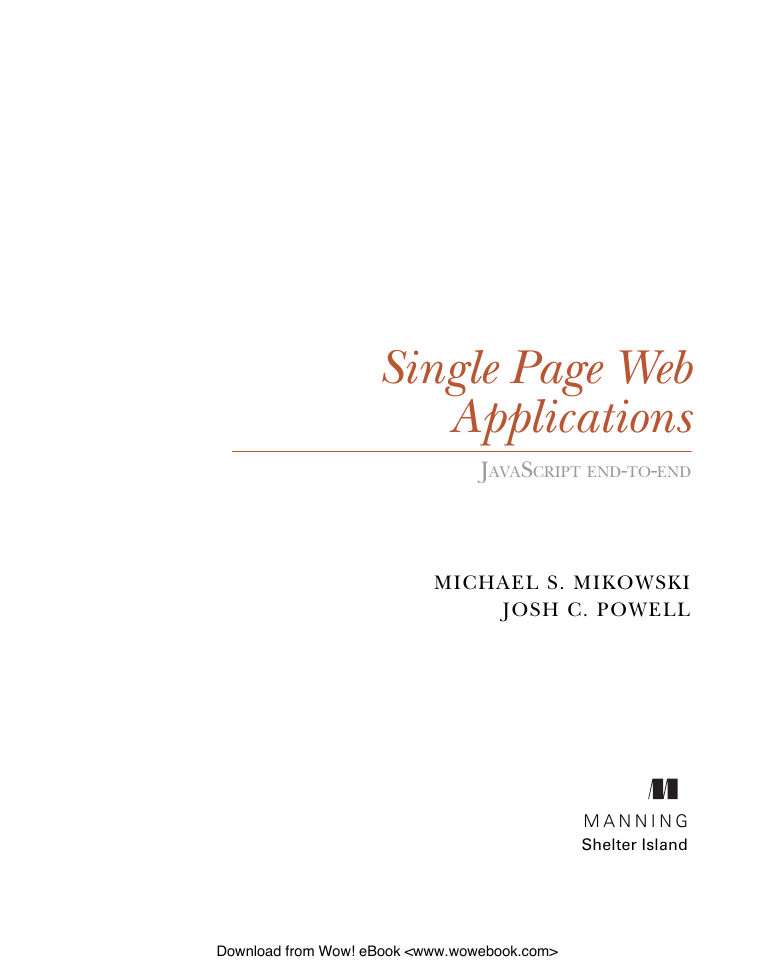
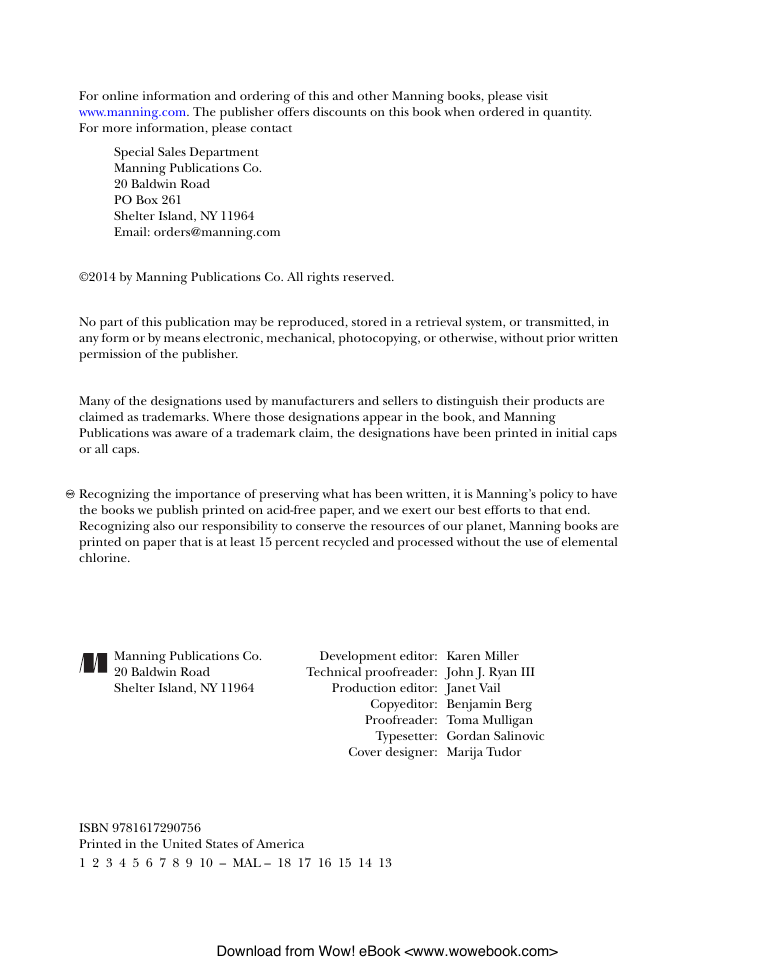
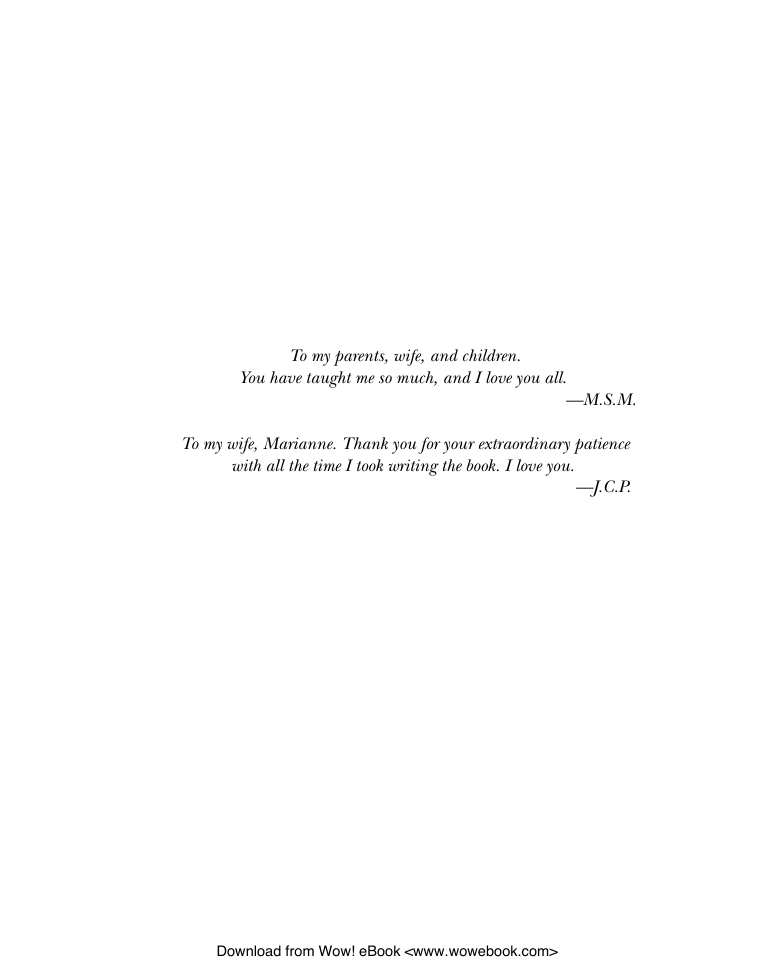

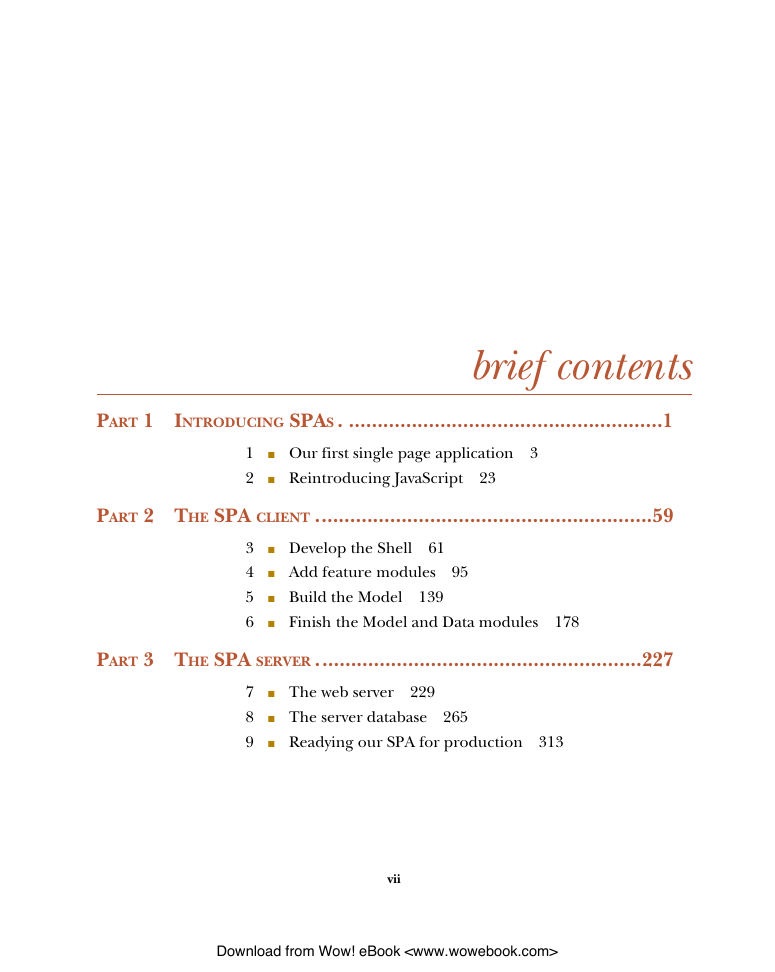








 2023年江西萍乡中考道德与法治真题及答案.doc
2023年江西萍乡中考道德与法治真题及答案.doc 2012年重庆南川中考生物真题及答案.doc
2012年重庆南川中考生物真题及答案.doc 2013年江西师范大学地理学综合及文艺理论基础考研真题.doc
2013年江西师范大学地理学综合及文艺理论基础考研真题.doc 2020年四川甘孜小升初语文真题及答案I卷.doc
2020年四川甘孜小升初语文真题及答案I卷.doc 2020年注册岩土工程师专业基础考试真题及答案.doc
2020年注册岩土工程师专业基础考试真题及答案.doc 2023-2024学年福建省厦门市九年级上学期数学月考试题及答案.doc
2023-2024学年福建省厦门市九年级上学期数学月考试题及答案.doc 2021-2022学年辽宁省沈阳市大东区九年级上学期语文期末试题及答案.doc
2021-2022学年辽宁省沈阳市大东区九年级上学期语文期末试题及答案.doc 2022-2023学年北京东城区初三第一学期物理期末试卷及答案.doc
2022-2023学年北京东城区初三第一学期物理期末试卷及答案.doc 2018上半年江西教师资格初中地理学科知识与教学能力真题及答案.doc
2018上半年江西教师资格初中地理学科知识与教学能力真题及答案.doc 2012年河北国家公务员申论考试真题及答案-省级.doc
2012年河北国家公务员申论考试真题及答案-省级.doc 2020-2021学年江苏省扬州市江都区邵樊片九年级上学期数学第一次质量检测试题及答案.doc
2020-2021学年江苏省扬州市江都区邵樊片九年级上学期数学第一次质量检测试题及答案.doc 2022下半年黑龙江教师资格证中学综合素质真题及答案.doc
2022下半年黑龙江教师资格证中学综合素质真题及答案.doc